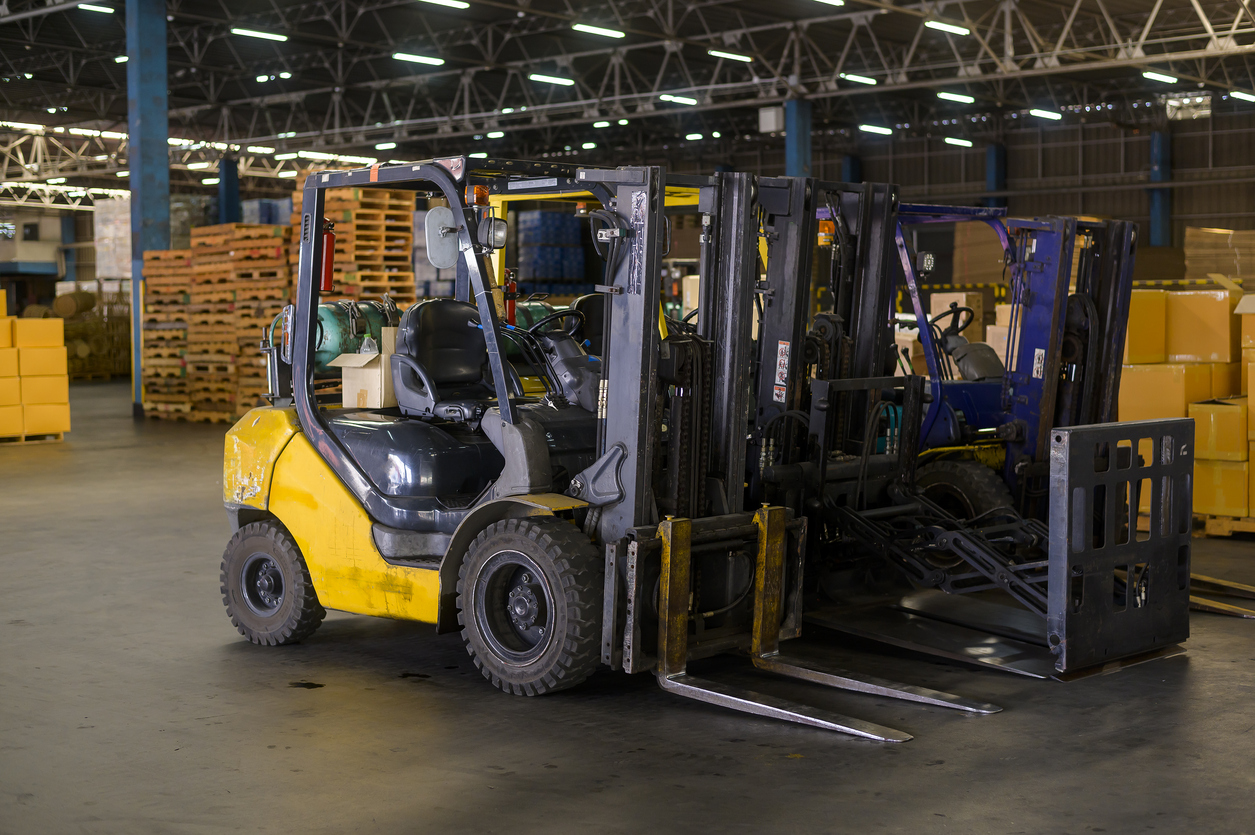 If it feels like fleet management is a battle between corporate management and facilities, that’s because it often is. But it doesn’t need to be.
If it feels like fleet management is a battle between corporate management and facilities, that’s because it often is. But it doesn’t need to be.
In fact, both groups can “win”—and when that happens, so does the overall company.
Blake Tucker, Regional Vice President, TFS, has seen this struggle occur in many companies—and has tips on how to fix it. However, it’s important to first understand why corporate executives and plant managers have different priorities and perceived benefits of fleet management enhancements.
Tucker said that competing views on forklift fleet management are common. In fact, misalignment is a systemic issue for most companies.
“Over the past five years, I’d say most of our customers have been trying to create corporate standards for material handling equipment and safety, but there’s always that disconnect about what’s most important to the operation,” Tucker said.
The source of this misalignment often comes down to differing perspectives regarding company goals. After all, if a warehouse manager’s annual review focuses on throughput, that will naturally be a top priority. The warehouse team is often most focused on performance, while their corporate peers are typically all about reducing costs.
Conflicting goals are the result of weak relationships between corporate, procurement, and warehouse leaders. This can sometimes result from employee turnover, but it’s most often due to a lack of communication. In other words, corporate and warehouse stakeholders don’t make the time to get together in person to discuss their goals and objectives. If they did, it would be easier to collaborate and find ways everyone can benefit.
“Relationships are key. When you have corporate folks going to the warehouses and facilities and getting to know the employees, there’s more alignment and trust,” Tucker said. “When those people aren’t getting out to the plants, that’s when miscommunications happen and people start pointing fingers at each other.”
This lack of communication can also have damaging effects on adoption and utilization. For example, Tucker has seen corporate introduce new mandates for forklifts without explaining the rationale. These changes don’t make sense to plant employees, who have grown accustomed to the way things are done. They resent and reject a seemingly arbitrary order from corporate team members who are rarely, if ever, on the warehouse floor.
These issues don’t only affect individual facilities. Without greater alignment, businesses suffer from downtime, unnecessary spending, and wasted resources.
“When corporate is not aligned with the plant, project approvals take forever because corporate has a million questions that delay the process,” said Tucker. “For example, I’ve been involved with a company that had a project poised to save them a million dollars annually, but it took corporate 14 months to approve that project. They could have been saving money a few months after we proposed it when the plant signed off. Unfortunately, corporate didn’t understand until later how much they could be saving because there wasn’t alignment.”
Getting teams on the same track
As you may have gathered, corporate and facility alignment begins (and continues) with solid communication. That’s also how misalignment is corrected.
“It goes back to the need for strong and consistent relationships,” says Tucker. “That means visiting the facilities, understanding the operations, and really listening to what the people on the warehouse floor are trying to achieve.”
On that note, when either party wants to make changes to fleet management, it’s important to start those discussions early and explain the advantages of the potential changes. Without those conversations, the rationale behind adopting new technologies like telematics or a CMMS may not be readily apparent. Tucker explains that this is where it can be helpful to have a partner like TFS on hand to explain how these enhancements lead to long-term savings and greater productivity.
“We often find ourselves serving as sort of bridge between facility and corporate executives to explain how a technology can serve both their interests,” Tucker said.
In fact, Tucker explained, sometimes the best way to demonstrate these benefits is to show them in action.
“What we’ll often do if a customer is interested in our services is choose two locations and run pilot projects at them. Nine times out of ten, the pilot goes well,” Tucker said. “Then the corporate people see the benefits of fleet management optimization, and they ask us to roll our program out to all their sites.”
As you can see, corporate and facility objectives can align when it comes to fleet management—but it requires open lines of communication, proven results, and specialist support. That often means a more collaborative way of doing things, but the payoff is worth the effort.

Request a Holistic Fleet Assessment
A holistic fleet assessment will help you identify areas where you can reduce costs, increase uptime, and manage your assets more efficiently.

